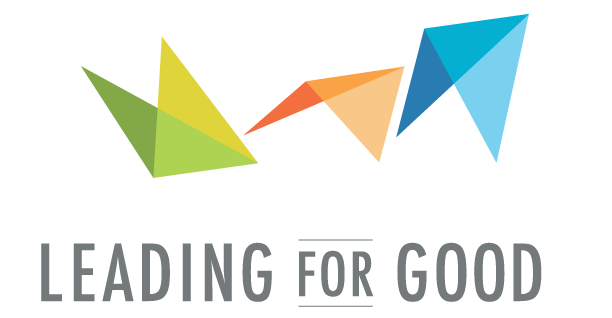Challenged Change Agent Leader
Dear Work Wise,
Alongside and with a new leadership team, I am currently having to lead a team through change when new skills are required. My challenge is that I’m having to influence a lot of people through a major change initiative without having them as direct reports. I’m not only influencing my peers, but also a huge number of people on their teams. So far so good - I’ve been deploying a range of tactics that seem to be getting traction. Yet there’s still an underlining challenge which is rooted in helping people to see the change so they shift how they work. It might end up being capability gaps - but it also might have to do with leadership and approaches to solve for that. Specially, teams need to learn how to have a greater sense of urgency, become more curious overall and think five steps ahead — not just focusing on the now
Certainly a leader can demonstrate those qualities, but how do you shift or motivate others to operate differently? It is more than just forcing them through goals, and setting expectations, that could and will be done? But my true ambition is to inspire people so they embrace the change. Yes, we are painting a clear picture of where we are headed. Yet they still are struggling to understand how to get there - unless I provide very detailed and specific tasks (even for senior people).
Challenged Change Agent Leader
Dear Challenged Change Agent Leader,
This sounds much more complex than a typical discrete change initiative, as you and your team are attempting to influence employees’ mindsets and approach to their work in fundamental ways. In essence, you are aiming to up-skill your workforce for the future. This effort will require patience and a multi-pronged approach over the next 1-2 years.
Your example brings to mind my experience working at a Fortune 500 company, when the organization was rolling out a number of new desired employee attributes, called Growth Traits. These traits were intended to shift mindsets and behaviors for the company’s growth; they were iteratively explained and featured in a series of leadership videos, highlighted in company communications and incorporated into the performance management cycle. `
Below is a number of high level suggestions that will help to further clarify the desired shifts and facilitate buy in and engagement along the way.
Suggestions to Advance Your Desired Change:
Support the leadership team, working with senior HR leaders, in selecting 3-4 traits/mindsets/behaviors that you want to build capability around internally.
Codify the behaviors and competencies with clear definitions, descriptions and even case studies, so that it is clear how these attitudes and behaviors translate to behavior and outcomes.
Create multi-faceted communication campaigns for first building understanding within your workforce.
Conduct visioning sessions with key departments and teams to think about how these new traits and modes of working could be incorporated into current habits, processes, practices and deliverables. Ask teams to consider what needs to be automated, outsourced or changed to support the desired changes.
Facilitate “change readiness” focus groups with groups of employees at different levels and departments to understand employees’ current mindset and confidence around the desired changes; get their input on what will be required in the form of communication, training, and support.
Incorporate these requirements into your employee recruitment and performance management cycle.
Shift professional and leadership development strategies and programs to build the new requisite skills for success.
Invest in technology and automation that will drive more analytical forecasting and decision making in the company.
Highlight “bright spots” in organization that are effectively adapting and break down the successes to share more broadly in organizational communications and training.
Additional Relevant Resources:
Professor Amy Edmondson’s work on Teaming speaks to the complexity of organizational issues today and the need for employees to develop the right mindsets for adaptively collaborating across functions to address multi-faceted, complex and ambiguous issues and challenges in our global society.
Another great book that may be relevant is, Switch; How to Change things When Change is Hard by Dan and Chip Heath; this book offers helpful case studies and strategies across different sectors and breaks down change efforts into some approachable strategies.
Situational Leadership by Ken Blanchard feels particularly relevant for the challenge you are facing, as it asks us to adjust our approaches depending on the skills and will of the employees you are aiming to influence. His four box model is framed by the following two questions: What is the skill of the employee? What is the will (or motivation level) of the employee? Your managers will need to offer more directive approaches where skill is lacking and/or more coaching, support and encouragement when motivation is lacking.
Hopefully, your workforce will rise to the occasion with a sustained road map for building their capability, but in some cases, employees may not prove to be a fit for this new set of expectations and ways of operating.
Your work is going to require a lot of patience and creativity over a sustained amount of time, but it is the work that most and arguably, all organizations should be doing to build sustainable and adaptive organizations for the future. 2020 has certainly brought this to light like no other in recent memory! `Keep us posted on what you do and learn, as it will be relevant for all of us.
Submit a workplace dilemma to our Work Wise Column.
Work Wise is designed to offer perspectives, ideas and support to real dilemmas and challenges that leaders and professionals might face today. The submissions are abbreviated and anonymized to protect individuals’ privacy.

